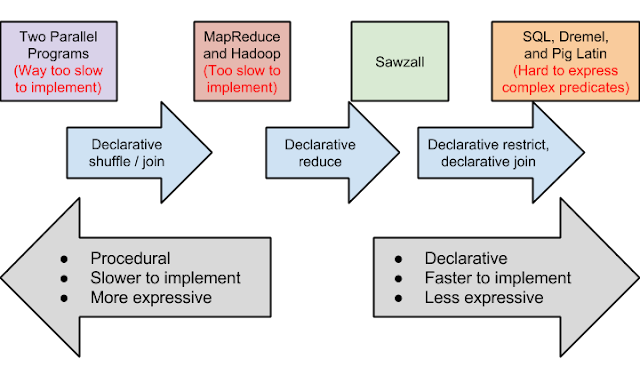Causal attribution in an era of big time-series data
by KAY BRODERSEN For the first time in the history of statistics, recent innovations in big data might allow us to estimate fine-grained causal effects, automatically and at scale. But the analytical challenges are substantial. Every idea at Google begins with a simple question. How can we predict the benefits the idea's realization would create for users, publishers, developers, or advertisers? How can we establish that there is a causal link between our idea and the outcome metric we care about? Revealing one causal law can be more powerful than describing a thousand correlations — since only a causal relationship enables us to understand the true consequences of our actions. It's why estimating causal effects has been at the heart of data science. Analyses might begin by exploring, visualizing, correlating. But ultimately, we'll often want to identify the drivers that determine why things are the way they are. The golden path to estimating a causal effect is throu...
